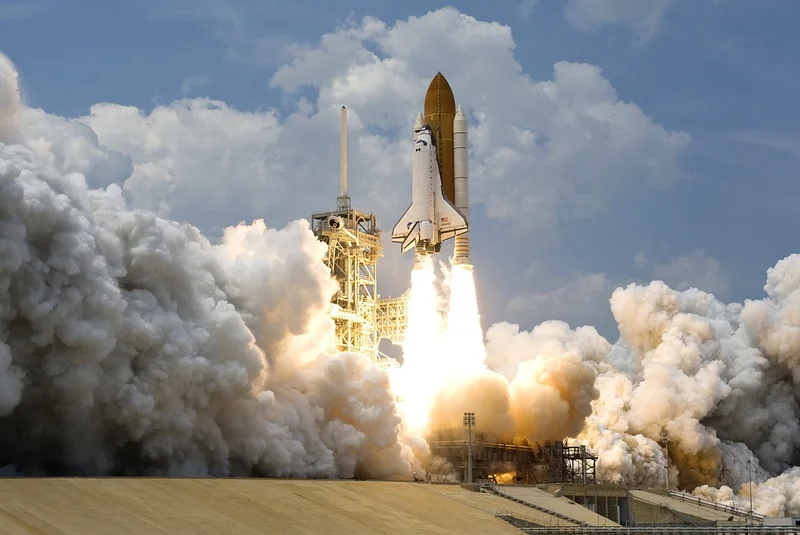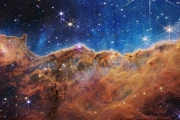The Merritt Island Fireball: A Statistical Anomaly, Or Just Tuesday? The in...
2025-11-09 2 space
Okay, folks, buckle up. Because sometimes, the universe just hands you a reason to be awestruck. And Mark Johnston's recent timelapse of a solar prominence? It’s one of those moments. This isn’t just pretty pictures, this is a glimpse into the raw, untamed power that fuels our very existence.
He captured this from Willow Springs Lake, Arizona, on October 20th. Think about that for a second – someone, right here on Earth, pointed a telescope towards that blazing inferno and brought back this. A six-and-a-half-second looped video showing hydrogen plasma dancing above the sun, held in place by magnetic fields we can barely comprehend. I mean, come on!
Johnston himself said he’s getting "fabulous results" with his new solar etalon filter. And boy, is he ever! We're talking about structures that can extend hundreds of thousands of miles into space, persisting for weeks, even months. It’s like watching a cosmic ballet, a fiery river suspended in the void. This isn’t just about the visuals; it's about understanding the physics at play. The hot gas, the charged hydrogen and helium, all flowing along magnetic field lines generated by the sun's internal dynamo. It's a beautiful, chaotic system, and Johnston has given us a front-row seat.
What strikes me most is the sheer scale of it all. We’re used to seeing the sun as a distant, unchanging orb. But this timelapse reveals the truth: it’s a dynamic, living thing, constantly churning and evolving. It reminds me of those early photographs of nebulae, the ones that made people realize the universe was so much bigger, so much more complex, than they ever imagined. This is our sun, our star, and it’s putting on a show for us every single day. We just need to look.
And that’s where the real magic lies: in the reminder to look. To look up, to look out, to look beyond our everyday concerns and connect with something larger than ourselves. It's easy to get bogged down in the news cycle, in the endless stream of information and misinformation. But then something like this comes along, and it puts everything into perspective. A solar prominence erupting isn't just a scientific phenomenon, it's a call to remember our place in the cosmos.

Now, some might say, "So what? It's just a pretty video." And sure, you could look at it that way. But I think it's so much more. It's a symbol of human curiosity, of our relentless drive to explore and understand the universe around us. It’s a testament to the power of technology, to the ingenuity of people like Mark Johnston who are pushing the boundaries of what's possible. What new breakthroughs will come from this data? What secrets will it unlock about the sun's behavior and its impact on our planet?
Of course, we must remember that observing the sun requires respect and caution. Johnston used specialized equipment to capture this footage safely, and it's a crucial reminder that viewing the sun directly without proper protection can be incredibly dangerous. But with the right tools and knowledge, we can unlock incredible views of our nearest star. You can see the Astrophotographer captures fiery plasma dancing above the sun in stunning close-up video on Space.com.
When I see something like this, I can't help but feel a surge of optimism. If we can capture images like this, what else is out there waiting to be discovered? What other wonders are hidden in the depths of space, just waiting for us to turn our telescopes in the right direction?
The possibilities are endless, and that's what makes this so exciting. That makes me think: what kind of new technologies will we develop in the coming years, and how will they change our understanding of the universe? And more importantly, how can we use this knowledge to create a better future for ourselves and for generations to come?
This isn't just about science, it’s about inspiration. It's about reminding ourselves that there's a whole universe out there waiting to be explored, and that we're a part of it. So, let's keep looking up, keep asking questions, and keep pushing the boundaries of what's possible. Because who knows what amazing discoveries await us just around the corner?
Tags: space
Related Articles

The Merritt Island Fireball: A Statistical Anomaly, Or Just Tuesday? The in...
2025-11-09 2 space